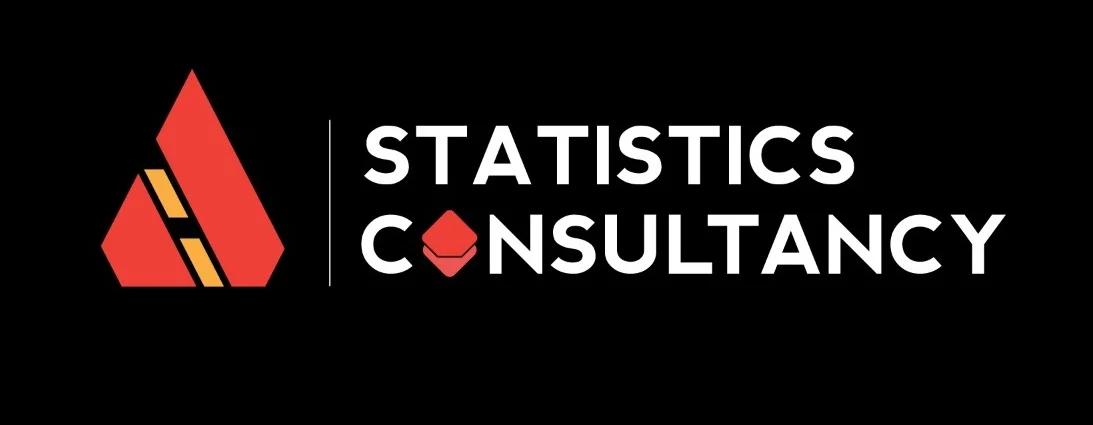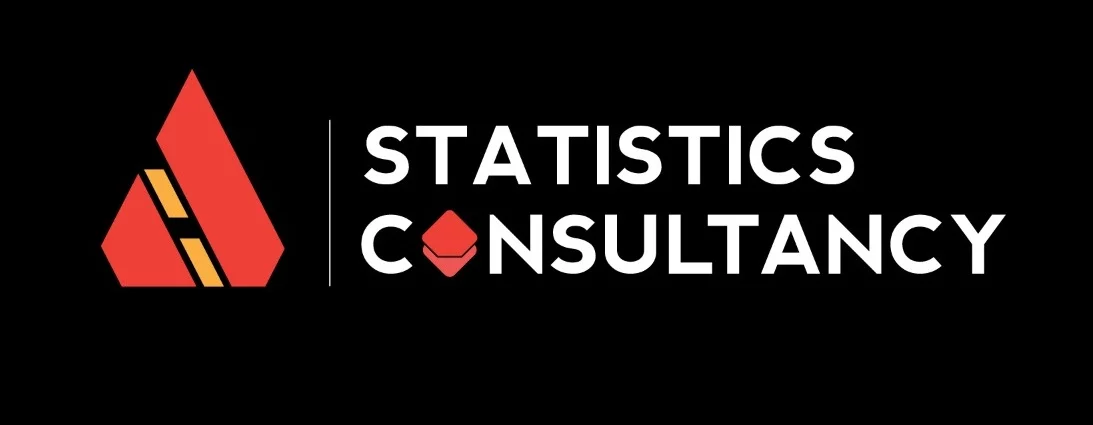Data Collection Tools
The process of gathering and evaluating information related to our areas of interest is known as data collection. At Statistics Consultancy, we have a team of well-connected professionals throughout India and around the world who are proficient in collaborating with a diverse range of experts and the general public to acquire data that aligns with your expectations.
Our Qualitative Data Collection Services:
Statistics Consultancy specializes in qualitative data collection. We offer both online and offline data collection services, encompassing primary and secondary data for a wide array of subjects. As statistical analysis is our primary service area, our executive members are meticulously trained in various aspects of data collection. This includes approaching respondents, managing interactions during data collection, designing effective questionnaires, and accurately recording collected data, ensuring minimal errors. Furthermore, our experts are well-versed in a variety of local languages in India and major global languages, facilitating data collection that precisely meets your business or research objectives.
Types of Data Collection Supported by Statistics Consultancy:
Statistics Consultancy provides support for two primary types of data collection:
- Qualitative Data Collection
- Quantitative Data Collection
Qualitative data collection possesses the following characteristics:
- It deals with descriptions.
- The data cannot be quantified.
Modes of Collecting Qualitative Data:
- Interviews
- Document studies
- Public records
- Personal documents
Data Collection:
Secondary Data:
Secondary data refers to information that has already been collected and is readily available from external sources. In comparison to primary data, secondary data is a more cost-effective and quickly accessible resource.
Typically, secondary data is gathered through desk-based research. Once this secondary data is obtained, researchers must assess its validity and reliability. It is crucial for researchers to focus on secondary data that is highly valid and well-referenced in academic literature (Creswell, 2003).
Categories of Secondary Data:
Secondary data can be categorized into two main types:
- Internal Data: This data comes from the organization being studied and is routinely provided by the management.
- External Data: This data is acquired from various sources external to the organization, such as the internet, journals, books, directories, non-governmental statistical data, and census data.
Based on the recommendations of Bryman (1989), Dale et al. (1988), and Hakim (1982), secondary data can also be classified into the following subcategories:

Documentary Data:
This includes written documents like notices, correspondence, minutes of meetings, reports to shareholders, diaries, transcripts of speeches, administrative and public records. It can also encompass non-written materials such as tape and video recordings, pictures, drawings, films, television programs, DVDs, and CDs.
Survey-Based Secondary Data:
This refers to data collected via questionnaires that have already been analyzed for their original research purposes. These data can originate from censuses, continuous or regular surveys, and ad hoc surveys
Multiple-Source Secondary Data:
Multiple-source secondary data can be derived from either documentary sources or survey data, or it may be a combination of these. These data are particularly valuable for cohort studies conducted on the same population over an extended period and for developing area-based datasets.
Sources of Secondary Data:
- Reports from central, state, or local government agencies.
- Reports from international companies and foreign governments.
- Journals, magazines, and books.
- Publications from research scholars, universities, and research groups (Dash, 2011).
Utilization of Secondary Data:
Secondary data serves multiple purposes in the context of research and consultancy projects, as suggested by Malhotra and Birks (2000) and McDaniel and Gates (2004):
- Identifying the research problem
- Developing a strategy to address the research problem
- Formulating a suitable sampling plan
- Creating an appropriate research design
- Answering specific research questions or testing hypotheses
- Interpreting primary data
- Validating qualitative research findings
- Identifying potential issues
- Gathering necessary background information and enhancing the study's credibility.
Secondary Data:
Methodology:
The methodology used in collecting secondary data must be assessed. Researchers should evaluate factors such as the sampling procedure, sample size, response rate, fieldwork procedures, and data analysis methods.
Error/Accuracy:
The accuracy of data from secondary sources must be evaluated to ensure the reliability of the study. However, these sources often do not provide detailed specifications and methodologies, making it challenging to assess accuracy. Researchers can check accuracy through triangulation research.
Date of Data Collection:
Since secondary data pertains to past events, it is typically outdated. Researchers should consider the date of data collection, the time elapsed between data collection and publication, and the relevance of the data to current circumstances. In the case of census data, the date of data collection is a major concern, as it is collected only once every few years.
Purpose of Data Collection:
Secondary data is by definition collected for purposes other than the researcher's current focus. Researchers must determine how well data collected for different purposes aligns with their own objectives.
Nature and Content of Data:
Data with high validity and accuracy may be of little use if the content is not suitable. There may be discrepancies between the relationships studied by the data and the measurement categories the researcher wishes to employ. For example, the data might examine the relationship between salary levels and motivation, but the definition and measurement of motivation may not align with the researcher's needs.
Dependability/Source Credibility:
Researchers should consider factors such as the expertise, credibility, and overall trustworthiness of the data source when evaluating secondary data. In general, government reports are considered more credible than commercial sources of secondary data. Familiarity with the data provider, primary data collection methodologies, and the source of the primary data can enhance dependability and source credibility (Stewart, 1984).
These are the key factors to consider when evaluating secondary data resources. Additionally, other aspects such as costs, benefits, issues related to data access, and control over data quality should be taken into account during the evaluation of secondary data (Stewart & Kamins, 1993; Denscombe, 1998).
Secondary Data:
Researchers (Boslaugh, 2007) have identified several advantages and disadvantages associated with secondary data:
Advantages:
- Reduced Resource Requirements
- Non-Intrusive Method
- Applicability for Longitudinal Studies
- Availability of Comparative and Contextual Data
- Potential for Unforeseen Discoveries
- Data Durability
Disadvantages:
- Mismatch Between Data Collection Purpose and Research Objectives
- Difficulty in Accessing Data in Some Cases
- Aggregations and Definitions may not Align with Research Expectations
- Limited Control Over Data Quality
Research Method Selection:
Combining Methods:
Researchers may need to use multiple data collection methods, known as triangulation, for a comprehensive approach. Most management and consultancy research blends qualitative and quantitative methods.
Factors Influencing Method Selection:
- Validity, reliability, and generalizability are key factors in choosing research methods.
- Validity concerns accuracy and exactness, often inferred through reliability.
- Generalizability relates to the extent that findings can apply to other situations and populations.
Objectives and Purpose:
The research objectives significantly impact method selection, aligning methodology with study goals.
Researcher's Expertise:
Researchers should choose methods they are familiar with and proficient in, as expertise is pivotal to success.
Cost and Budget:
Research method cost affects selection; cost-effective methods are often favored.
Time Constraints:
Short timeframes may dictate choosing quicker data collection methods.
Availability:
Opt for readily available and accessible methods; consider alternatives when data is scarce.
Consultant and Client Preferences:
The preferences and values of both the consultant and client can shape method choices, especially in consultancy projects.
Ethical and Legal Considerations:
Ethical and legal factors should be taken into account, including issues related to participant consent, data collection, storage, and legislation compliance.
When Using Secondary Data:
Reliability Check:
Ensure the reliability of the secondary data source.
Data Accuracy and Quality:
Assess whether the data aligns with the research objectives in terms of accuracy and quality.
Suitability: :
Evaluate whether the secondary data is suitable for the specific research goals.

